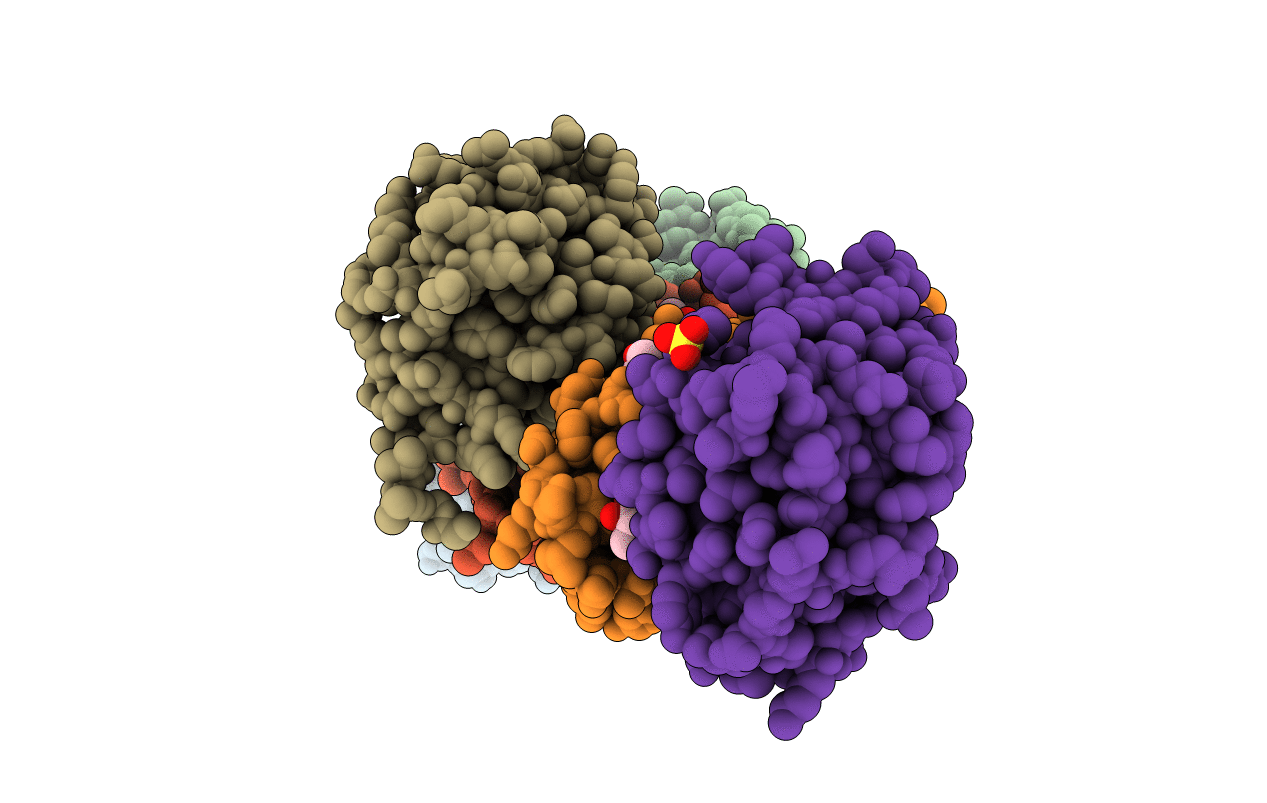
Deposition Date
2016-11-22
Release Date
2018-06-06
Last Version Date
2024-11-06
Entry Detail
PDB ID:
5MGT
Keywords:
Title:
Complex of human NKR-P1 and LLT1 in deglycosylated forms
Biological Source:
Source Organism:
Homo sapiens (Taxon ID: 9606)
Host Organism:
Method Details:
Experimental Method:
Resolution:
1.90 Å
R-Value Free:
0.20
R-Value Work:
0.16
R-Value Observed:
0.16
Space Group:
P 21 21 21


